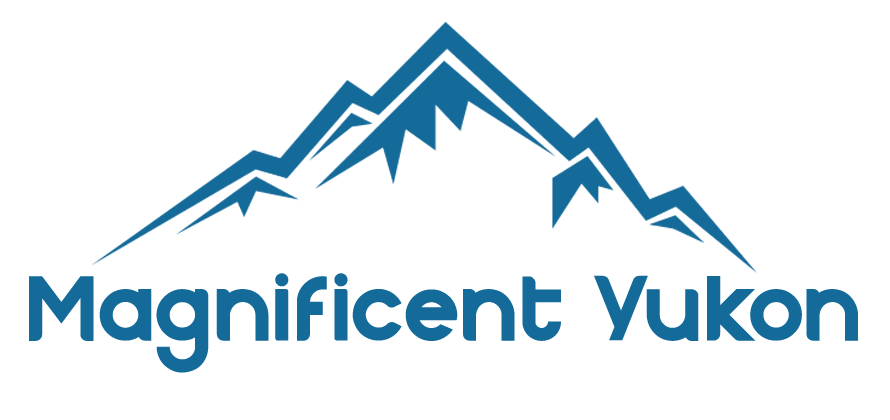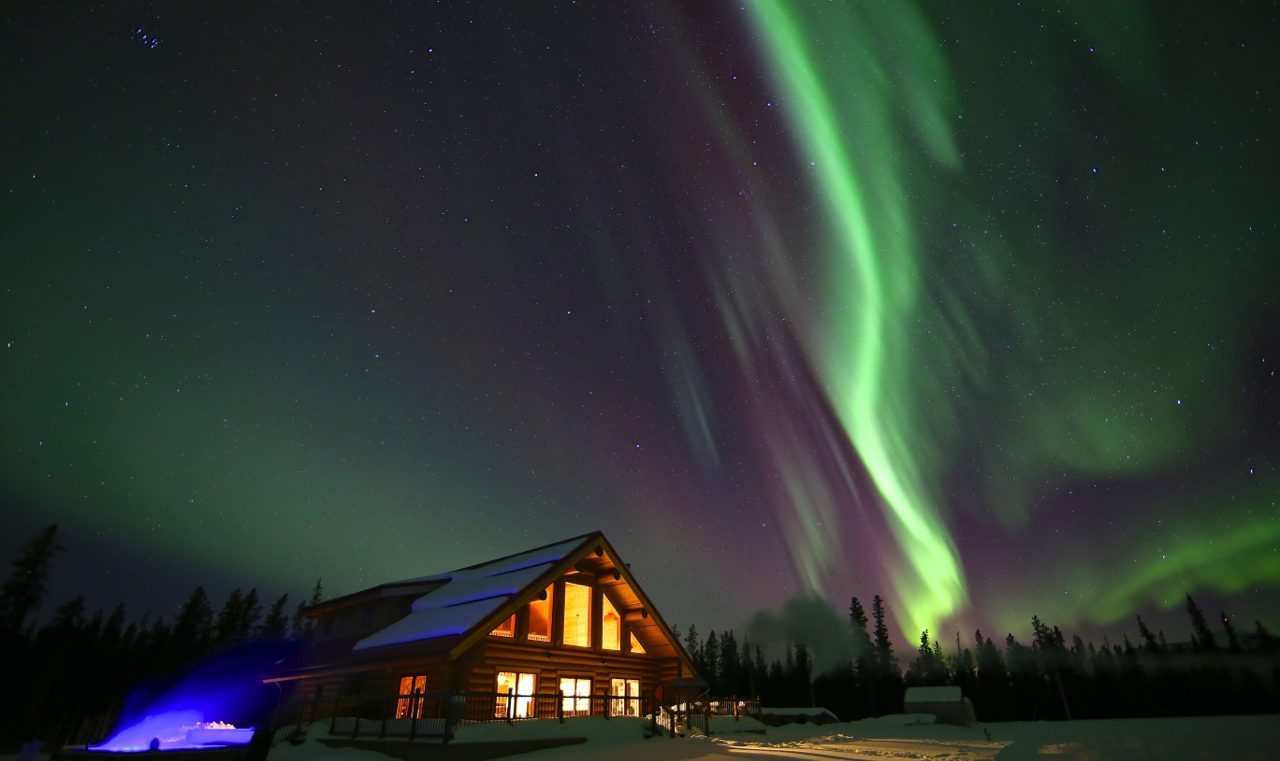Best Time To View Yukon Northern Lights | Aurora Borealis
The Northern Lights have inspired numerous myths over the years. But, it’s believed that Galileo Galilei, the famous astronomer, physicist, and engineer, gave the Northern Lights the name, the Aurora Borealis, which in Latin means ” Dawn of the North. However, humans only came to fully understand the real causes of Northern Lights after Kristian Birkeland, and the famous Norwegian scientist figured it out in 1896.
So, what are Northern Lights?
An Aurora or polar light is the majestic display of different colors of light in the arctic, and an area referred to as the Aurora zone. An Aurora that occurs in the area around the North Pole is referred to as Aurora Borealis or the Northern Lights. An Aurora that occurs in the area around the South Pole is referred to as Aurora Australis or the Southern Lights. Auroras are typically greenish in color. However, they sometimes come in a range of colors, such as violet, blue, pink, or red. They always move and take different shapes. Sometimes, they can be so dense you would mistake them for clouds.
Causes of Northern Lights
The origin of the Northern Lights begins at the sun. The sun is like a fireball, which means it burns with a lot of energy. The extremely high temperatures cause the gases around the sun to heat up. The result? The movement of particles from the surface of the sun, which are then blown away at high speeds (over 450 miles). The particles moving at high-speed form something called the solar wind. The earth is directly in the path of the solar wind, which means the solar wind can be hazardous to astronauts in space. It can also interfere with satellites. However, the earth is safe because it’s cushioned from the effects of the solar wind by its strong magnetic field.
The earth contains a molten iron core that rotates fast. This fast rotation turns it into a gigantic magnet. The magnetic field, called the magnetosphere, forms around the earth to protect it from the solar wind. Like a magnetic, the magnetosphere features a north pole, as well as a south pole. The earth’s magnetosphere deflects most of the sun’s particles (solar wind). But, some infiltrate the earth’s magnetic field and bombard the atmosphere. As the sun’s particles bombard the atmosphere, they activate the nitrogen and oxygen atoms, causing them to light up and produce the beautiful colors called Northern Lights.
The best place to watch the Northern Lights
The best place to see the Northern Lights is in the aurora zone, which is the Northern Hemisphere. Specifically, it’s an area of approximately 2,000-3,000km from the magnetic pole (latitude of 66 to 69 degrees north). You can see the Northern Lights better if you’re near this region.
The best locations around the world to see the Northern Lights include:
Alaska, United States
All locations in Alaska are great for seeing the Northern lights. But, you can better see them if you’re in Fairbanks because it’s situated in the Aurora oval.
Northern Canada
Northern Canada is a vast wilderness, making it one of the best places to sight the Northern Lights. Yukon and northernmost territories are the world’s greatest hot-spots to see the Northern lights. In fact, there are many Yukon deals in various travel websites these days that you can leverage to visit Yukon and see the Northern Lights without breaking the bank.
Other countries that support great Northern Light sighting include Norway, Iceland, Finland, Russia, Sweden, and Greenland.
What’s the best time to see the Northern Lights?
At night, during winter, is the best time to see the Northern Lights because it’s cold, dark and the skies are clear.
How to take great photos of the Northern Lights
It’s almost impossible to take great pictures of the Northern Lights because of 3 reasons:
- They move fast
- They’re faint most of the time
- They mostly appear against a very dark background.
So, to take great pictures of the Northern lights, you’ll need the following:
- A camera that features ” manual mode” functionality
- A great quality, sturdy tripod
- Wide-angle lens (that comes along with fast aperture (f2.8 or max, f4)
- Two spare batteries since batteries run out quickly in cold conditions
- Memory cards adapted to cold conditions.
Tips to take great Northern Lights pictures
- Your camera focus should be set to infinity
- Use the right metering mode. For example, if you’re using Canon cameras, use the evaluative metering. If you’re using Nikon Camera, use the matrix metering.
- Set the apertures as wide as possible
- For Northern Lights photography, set your camera to manual mode and set the aperture as wide as possible. If you’re using an f2.8 lens, set the aperture at 2.8. If you’re using an F4 lens, set the aperture at f4.
- Consider exposure time
- For instance, if the Northern Lights move slowly, it’s a good idea to use a 12-20 seconds exposure. If the Northern Lights is vague, it’s a good idea to use 20-25 seconds exposure. For fast-moving Northern Lights, 5-10 seconds exposure would be great.
- You’ll also need to adjust your cameras ISO setting depending on the brightness of the Northern lights For bright Northern lights, shoot at ISO 800, for dark Northern lights adjust the ISO to 1,600 to 3,200.
- You’ll also need to set the right white balance. Custom mode white balance mode is ideal for shooting Northern lights.

